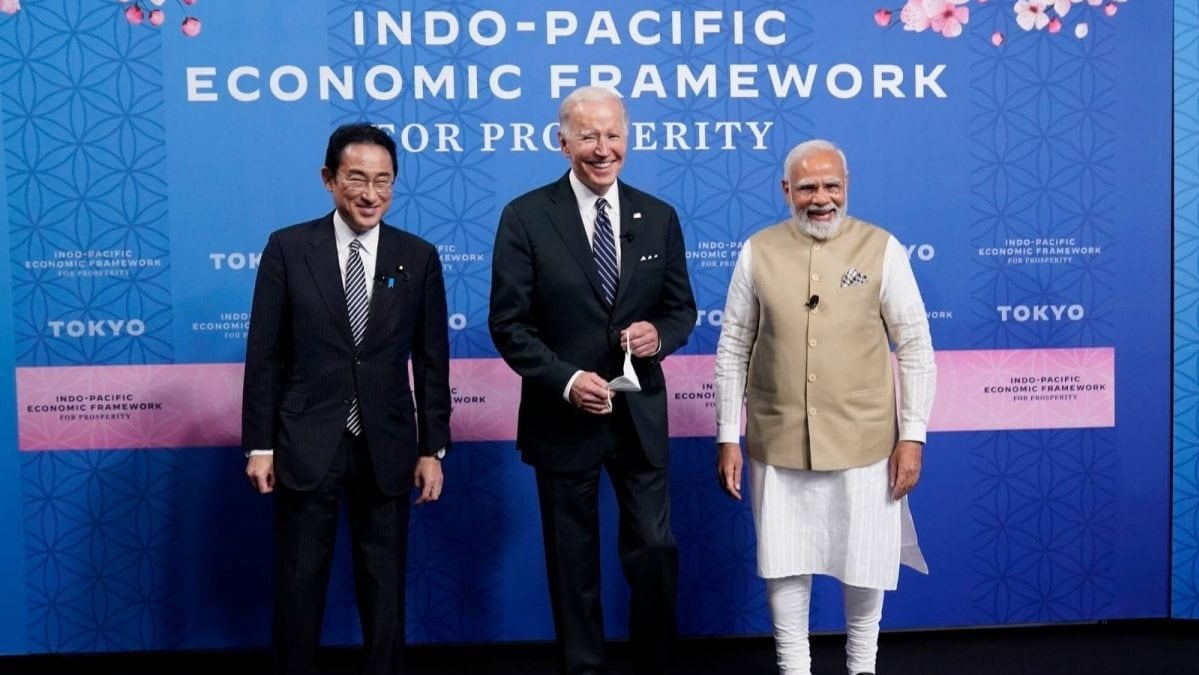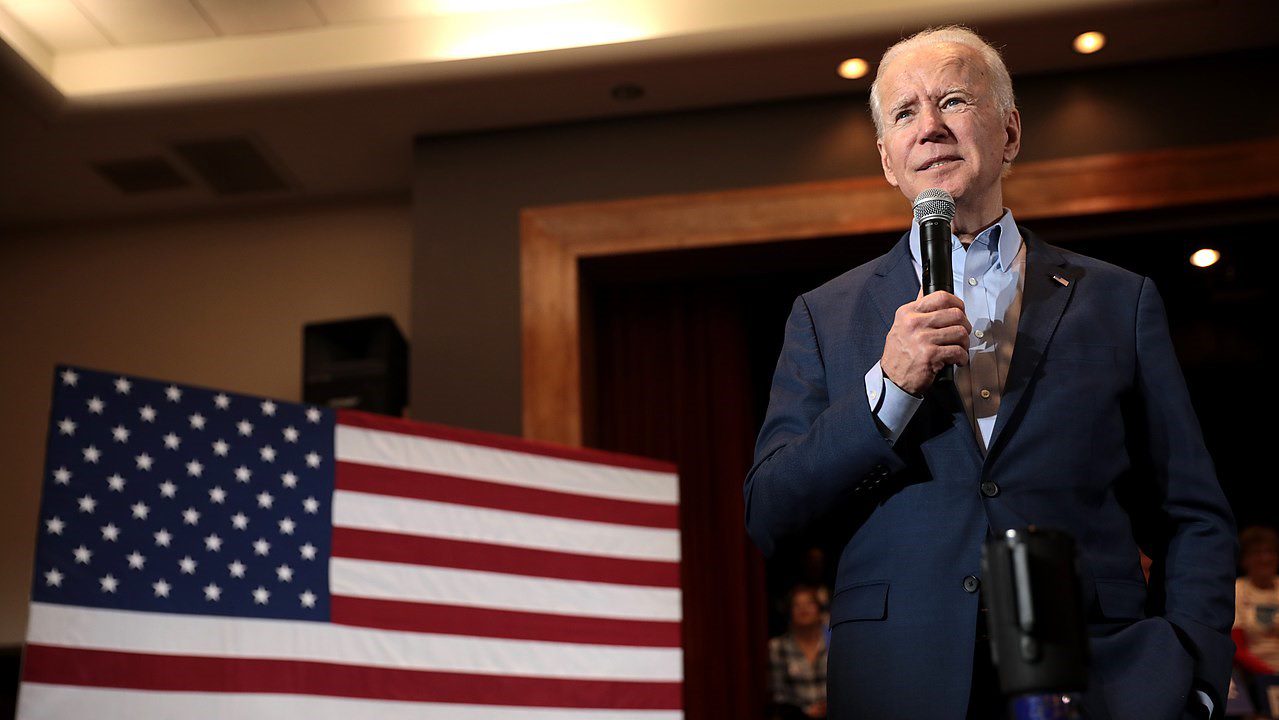Free trade agreements
Indo-Pacific Framework: A best-case outcome given US constraints
Published 24 May 2022
Given domestic political constraints and its own agenda, the Indo-Pacific Economic Framework (IPEF) launched by the US is about the best option that could be put forward. As the Biden administration pursues a US worker-centric approach to trade, the IPEF presents an interesting opportunity to see what can be accomplished under the “new normal".
The US has finally launched its much-anticipated Indo-Pacific Economic Framework for Prosperity (IPEF). Speaking in Tokyo on May 23, President Biden announced that 12 countries have joined the initiative: Australia, Brunei, India, Indonesia, Japan, Republic of Korea, Malaysia, New Zealand, the Philippines, Singapore, Thailand, and Vietnam.
The framework consists of four key pillars: 1) Connected Economy, including rules for the digital economy, 2) Resilient Economy, including efforts to build resilient supply chains, 3) Clean Economy, covering decarbonization and infrastructure, and 4) Fair Economy, including effective tax and anti-corruption regimes.
Here are the key takeaways – the good news and the not-so-good news.
The good news
- The IPEF agenda is forward-looking and addresses at least some issues that are relevant for the region, so it will also hold a degree of substantive appeal.
- Administration officials are going to great lengths in their public comments to stress that IPEF “is not a traditional free trade agreement”. The positive: the IPEF addresses important issues that are normally beyond the purview of trade agreements and its modular approach allows countries to sign on for some parts but not others. The letdown: the IPEF lacks the market access commitments contained in traditional agreements – a major disappointment for trade partners.
- While the limited information we have so far indicates the IPEF to be more reflective of what the US wants rather than what most partner countries want, participating members may find some aspects desirable. For example, if the digital trade provisions can help SMEs access global markets, that could be beneficial to a region dominated by SMEs. However, if other provisions push the envelope in prohibiting local data storage requirements or stringently require open cross-border data flows, some members would have a hard time signing on.
- There are varying motivations among the 12 members who have joined the IPEF. For some, there is hope that the IPEF represents a first step, and the US can eventually be enticed into a deeper, more ambitious agreement in the region.
- Other members are concerned with China’s rising influence and heavy-handedness in the region, and welcome the US to have a greater counterbalancing presence, in whatever form that might take.
The not-so-good news
- For most countries that have signed on, the Indo-Pacific Economic Framework will be seen as a poor consolation prize in place of what they really want: concrete market access commitments from the US.
- After four years of the Trump administration in which the US applied a raft of tariff and non-tariff barriers and appeared to abandon the traditional US pursuit of free trade policies, trade partners in the Indo-Pacific have been hoping for some signal from the Biden administration that the US would tilt back in the direction of open markets.
- Such hopes were misplaced. The Biden administration has made it clear that there will be no return to “business as usual” when it comes to trade. Instead, the US will pursue a US worker-centric approach to trade, shows no interest in revisiting the CPTPP, and its signature trade initiative for the region – the IPEF – explicitly excludes market access commitments.
- The IPEF demonstrates the very tight corner the Biden administration is backed into on trade. The growing rivalry with China demands the US to signal greater engagement in the Indo-Pacific, yet domestic political constraints and the administration’s own ideological leanings prevent it from pursuing a more typical free trade agenda.
- There are also important questions about the ratification process in the US. A traditional free trade agreement requires Congressional approval and is therefore more difficult to reverse. It appears that the IPEF will be implemented, in whole or in part, through Executive Orders, which do not require Congressional approval, but which can be easily overturned with the stroke of a pen by the next President.
- The negotiations are very optimistically slated to take 18-24 months. Depending on who US voters decide to send to the White House in 2024, the plug could be pulled on this initiative before it lifts off from the launch pad.
- The lack of market access commitments means the US will have limited leverage in securing meaningful commitments from its negotiating partners.
- It is also unclear what – if any – enforcement mechanisms the framework will include, raising the possibility that commitments will be made but not implemented.
- Broadly speaking, the aspect that potentially troubles ASEAN members most is the prospect of the IPEF becoming, either in perception or in reality, a bulwark against China’s influence in the region. ASEAN members very prudently do not wish to be dragged into “choosing sides” between the US and China.
- One potential member is conspicuous by its absence: Taiwan. The US ultimately decided to exclude Taiwan because including Taiwan may dissuade other potential members who fear alienating China. That is a significant commentary in and of itself.
Given these constraints, the IPEF is about the best that could be put forward. If one accepts the proposition that the political spectrum in the US has shifted sufficiently to preclude the traditional pursuit of free trade agreements, the IPEF presents a very interesting opportunity to see what can be accomplished under the “new normal” for trade.
© The Hinrich Foundation. See our website Terms and conditions for our copyright and reprint policy. All statements of fact and the views, conclusions and recommendations expressed in this publication are the sole responsibility of the author(s).





